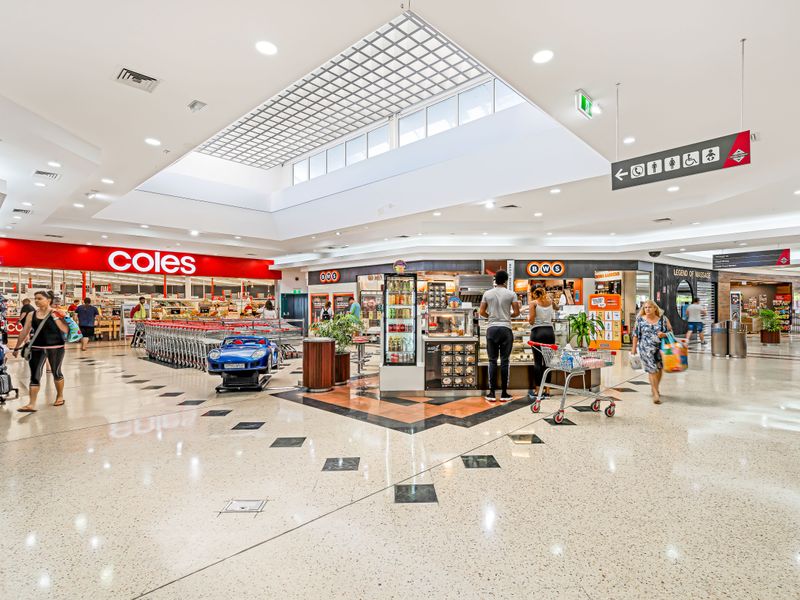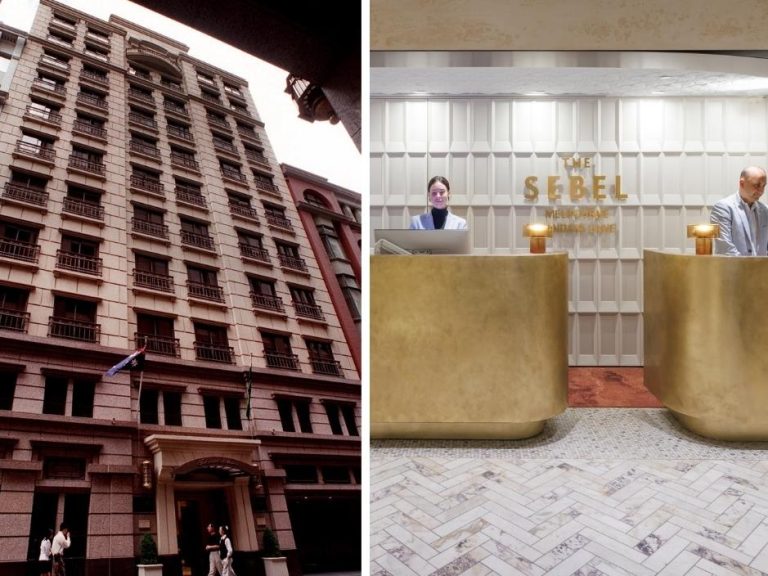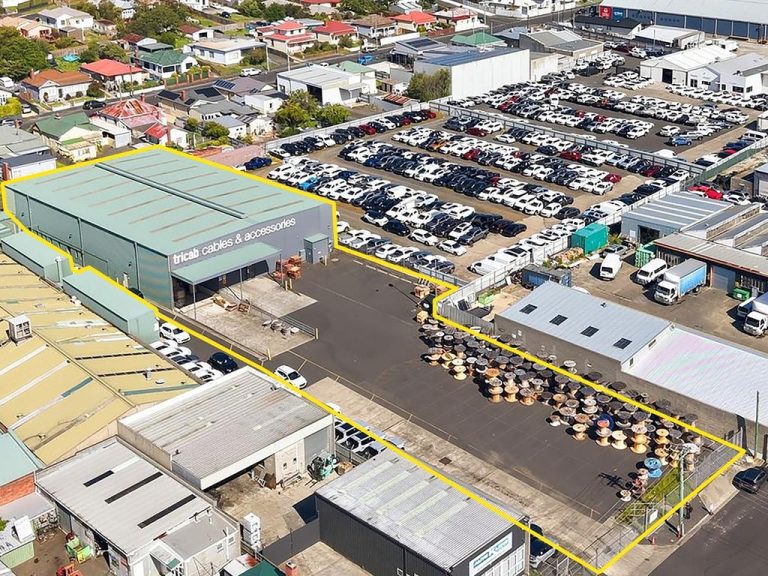More shopping centres to become one-stop-shops post-COVID

The coronavirus pandemic is likely to accelerate the transformation of more shopping centres into mixed-use precincts offering everything from hotels and offices to gyms and medical services.
Experts like REA Group chief economist Nerida Conisbee expect there will be greater mixed-use developments in place of shopping centres post-pandemic.
Ms Conisbee said it could take the form of apartments, hotels, offices or entertainment and community facilities.
“There will be a range of uses that shopping centre owners decide to build in these areas, pretty much to take advantage of the fact that they own a well-located asset but are also looking for different forms of income as opposed to just rent from retailers,” she said.
Mixed-use developments and creating a more diverse mix of tenants in shopping centres are not new concepts, but the shift towards remote working and shopping locally during the pandemic is expected to accelerate the changes.
Ms Conisbee said mixed-use developments could suit both large and small shopping centres.
“The main reason is that shopping centres are generally well located,” she said.
“They’re often close to public transport and have decent parking. There’s often a high level of amenity surrounding them.
“It does make sense to include more mixed-use in any future development.”
Melbourne’s Chadstone Shopping Centre, owned by Vicinity Centres, has commercial office towers and a 12-storey, five-star hotel.
In December 2020 Vicinity announced the completion of Golden Age Group’s $450 million Sky Garden apartment towers, built atop Vicinity’s The Glen Shopping Centre in Melbourne’s Glen Waverley – Australia’s biggest residential project built over a retail destination.

The Sky Garden apartments, built atop Melbourne’s The Glen Shopping Centre. Picture: realestate.com.au/sale
Ms Conisbee said there was also talk about build-to-rent – purpose-built residential accommodation held for long-term rental – being attached to shopping centres.
“The more people that live close to a shopping centre, the more people you’re going to get shopping there.”
A recent report by commercial real estate firm CBRE noted there were a range of options for landlords to create a resilient mixed-used asset anchored around a retail property, to help drive spending by drawing more people to the space.
“To create a resilient retail asset, the incorporation of an office, high-density residential or education/TAFE facility are the most feasible options from a revenue uplift perspective,” the report stated.
The report said the typical tenant mix of a traditional anchor tenant such as a department store surrounded by specialty retailers will continue to be less commonplace as service offerings are established in shopping centres.
“Brewpubs, medical facilities, casual entertainment and gaming arenas, all of which are relatively new retail offerings that are being established in regional and CBD centres, will trickle down in a scaled-down form into sub regional centres,” the CBRE report stated.
“These are more likely to be established in major city suburban areas rather than regional towns because there is higher population density to support it.”
Plan 1 Project Management & Consultancy co-founder Richard Jenkins said while vacancy rates in some suburban retail strips reached record highs during COVID-19, the high streets with an increased exposure to services-based retailers like hairdressers and locksmiths had performed better.
Mr Jenkins said there needed to be an increased focus on the tenancy mix in both high streets and smaller shopping centres, suggesting services such as childcare and medical centres and co-working spaces could be examined.
“We need to have a more diverse tenancy mix and COVID has only amplified the change that is required,” he said.
“There’s going to be a higher proportion of people working from home, so not only are they going to be visiting those strips more frequently but also you might need a co-working space there or you might need a service you can tap into in your local village, because you’re not working in a CBD location where those services typically were.”

There has been a shift to working from home and shopping locally during the pandemic. Picture: realcommercial.com.au/sale
Commercial agent Burgess Rawson director David Mark said more people have turned to their neighbourhood activity centres, which typically comprise a supermarket anchor and 10-20 specialty stores, for everyday conveniences while working from home during COVID.
He said innovation in planning and designing those centres for the future meant the local shops of today looked quite different.
“The days of a greengrocer, butcher and a chemist are over,” Mr Mark said.
“We are now seeing a more diverse mix of stores and services such as swimming schools, gymnasiums, health food, medical services and speciality stores such as Indian and Asian grocers.
“Outdoor dining precincts are also in demand as families look to stay closer to home.”







